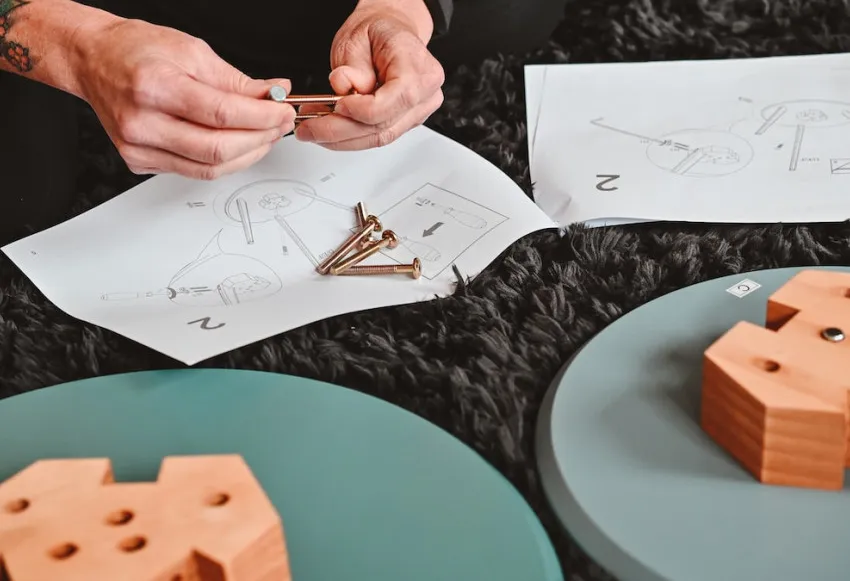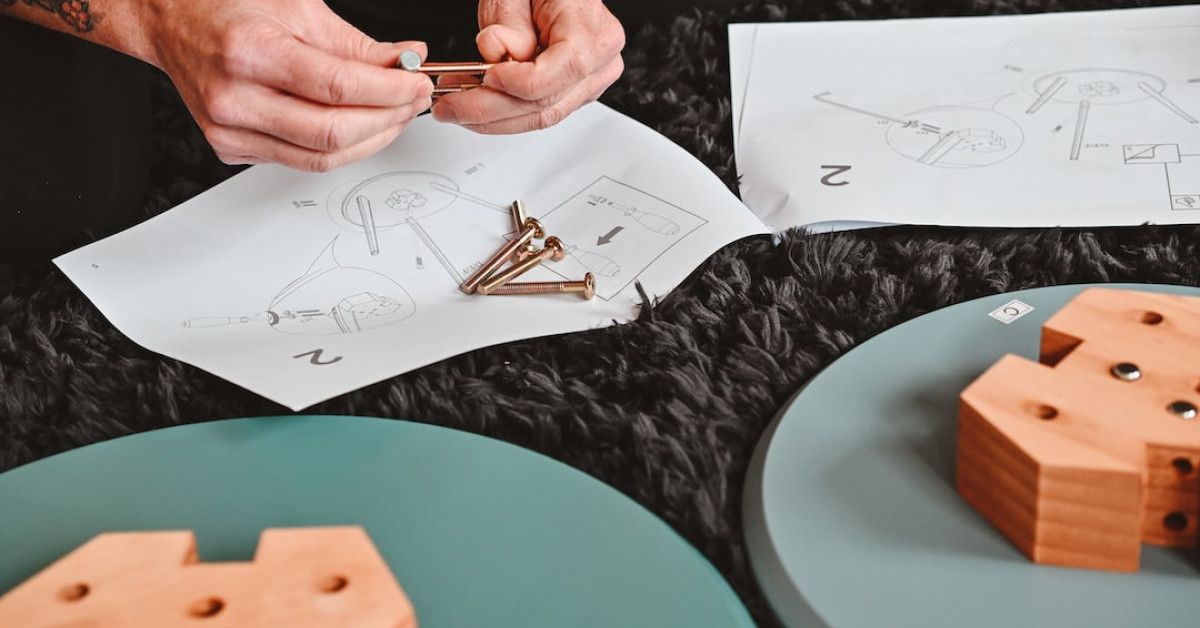Are you tired of spending a fortune on expensive skincare products that promise to revitalize your skin? Look no further! In this article, we will share a DIY recipe for a hyaluronic acid serum that can help you achieve healthy, youthful-looking skin. Hyaluronic acid is a natural substance found in the skin that plays a crucial role in maintaining hydration and elasticity. By creating your own serum, you can ensure its purity and effectiveness. So, let's dive into the world of DIY skincare and learn how to make your own hyaluronic acid serum!
Understanding the Benefits of Hyaluronic Acid
What is Hyaluronic Acid?
Hyaluronic acid is a naturally occurring substance in the human body that holds a remarkable ability to attract and retain moisture. It acts as a humectant, drawing water to the skin and keeping it hydrated. As we age, the production of hyaluronic acid in our bodies decreases, resulting in dryness, fine lines, and wrinkles.
The Benefits of Using Hyaluronic Acid in Skincare
Using hyaluronic acid in your skincare routine can provide numerous benefits for your skin:
- Intense Hydration: Hyaluronic acid has the ability to hold up to 1000 times its weight in water, making it a powerful ingredient to combat dryness and dehydration.
- Plumping Effect: By attracting and retaining moisture, hyaluronic acid can give your skin a plump and youthful appearance, reducing the appearance of fine lines and wrinkles.
- Improved Skin Texture: Regular use of hyaluronic acid can help improve the overall texture and tone of your skin, leaving it smooth, soft, and supple.
- Enhanced Healing: Hyaluronic acid aids in wound healing by promoting tissue repair and reducing inflammation.
- Antioxidant Benefits: Research suggests that hyaluronic acid may have antioxidant properties, protecting your skin from damage caused by free radicals.
Now that we understand the benefits of hyaluronic acid, let's move on to the DIY hyaluronic acid serum recipe.
DIY Hyaluronic Acid Serum Recipe
Ingredients You Will Need
- 1/2 teaspoon hyaluronic acid powder
- 1/4 cup distilled water
- 2 tablespoons vegetable glycerin
- 1/4 teaspoon Vitamin C powder (optional)
- A small glass bottle with a dropper
Step-by-Step Instructions
- In a small bowl, mix together the hyaluronic acid powder and distilled water. Stir well until the powder is fully dissolved.
- Add the vegetable glycerin to the mixture and continue stirring.
- If desired, you can also add Vitamin C powder to the serum for its brightening and antioxidant benefits. Stir until all ingredients are thoroughly combined.
- Carefully transfer the serum to a small glass bottle with a dropper for ease of use and storage.
- Shake the bottle gently before each use to ensure that the ingredients are well-mixed.
- Apply a few drops of the serum to clean, damp skin. Gently massage the serum into your face and neck using upward motions.
- Wait for the serum to fully absorb before applying any additional skincare products or makeup.
Tips and Considerations
- Store your homemade hyaluronic acid serum in a cool, dark place to maintain its potency.
- It is essential to start with clean, damp skin for optimal absorption and effectiveness.
- If you have sensitive skin, it is recommended to perform a patch test before applying the serum to your face.
- If you experience any irritation or discomfort, discontinue use and consult with a dermatologist.
- For best results, use the serum twice a day, in the morning and evening, followed by a moisturizer.
Comparison Chart: DIY vs. Store-Bought Hyaluronic Acid Serums
When it comes to skincare products, you have the option to choose between store-bought and DIY versions of hyaluronic acid serums. Let's compare the two:
| DIY Hyaluronic Acid Serum | Store-Bought Hyaluronic Acid Serum | |
|---|---|---|
| Cost | More economical | Can be expensive |
| Ingredient Control | Customize ingredients and their quality | Limited control over ingredients |
| Purity and Freshness | Can ensure purity and freshness of ingredients | Relies on brand reputation |
| Customization | Can tailor the serum to your needs | Limited customization options |
| Immediate Availability | Requires preparation and time | Can be purchased instantly |
| Sustainability | Avoids packaging waste | Consumer of packaging waste |
| Shelf Life | Shorter shelf life due to lack of preservatives | Longer shelf life |
While store-bought serums offer convenience and sometimes have additional ingredients, making your own hyaluronic acid serum allows you to have total control over the ingredients, quality, and customization.
Tips for Incorporating Hyaluronic Acid in Your Skincare Routine
To make the most out of your DIY hyaluronic acid serum and achieve optimal results, consider the following tips:
- Start with Clean Skin: Before applying the serum, cleanse your face thoroughly to remove any dirt, oil, or impurities that may hinder absorption.
- Damp Skin for Better Absorption: Apply the hyaluronic acid serum to damp skin to enhance its ability to attract and retain moisture.
- Follow with Moisturizer: After applying the serum, lock in the hydration by applying a moisturizer. Choose a moisturizer that complements your skin type and preferences.
- Use Sunscreen: Shield your skin from harmful UV rays by applying a broad-spectrum sunscreen with an SPF of 30 or higher. Hyaluronic acid helps hydrate the skin, and sunscreen protects it from damage caused by the sun.
- Stay Consistent: Incorporate the hyaluronic acid serum into your daily skincare routine consistently for long-term benefits. Consistency is key when it comes to seeing results.
- Consider Layering: You can layer the hyaluronic acid serum with other serums or skincare products. Apply the thinnest and watery products first and follow with thicker creams or oils.
Hyaluronic acid can be a valuable addition to your skincare routine, whether you choose to make your own serum or purchase a store-bought one. Its hydrating and anti-aging properties can help revitalize your skin and leave it looking youthful and radiant.
Conclusion
Taking care of your skin doesn't have to break the bank. By creating your own DIY hyaluronic acid serum, you can harness the power of this remarkable ingredient at a fraction of the cost. Remember to follow the recipe and tips provided in this article for the best results.
Integrating hyaluronic acid into your skincare routine can help you achieve hydrated, plump, and glowing skin. Embrace the DIY approach and enjoy the satisfaction of creating an effective skincare product tailored to your needs. So, why wait? Revitalize your skin and enjoy the benefits of this DIY hyaluronic acid serum today!

